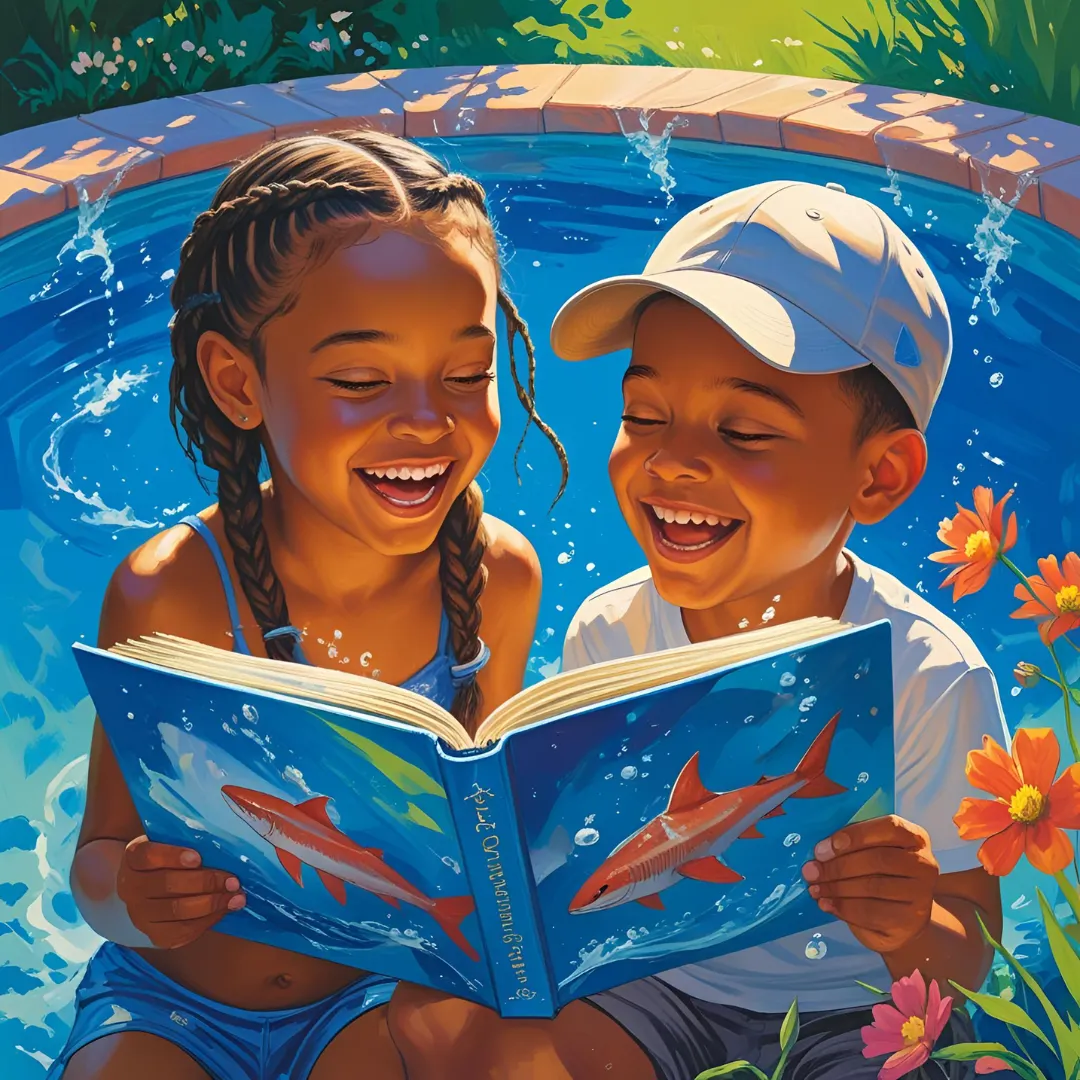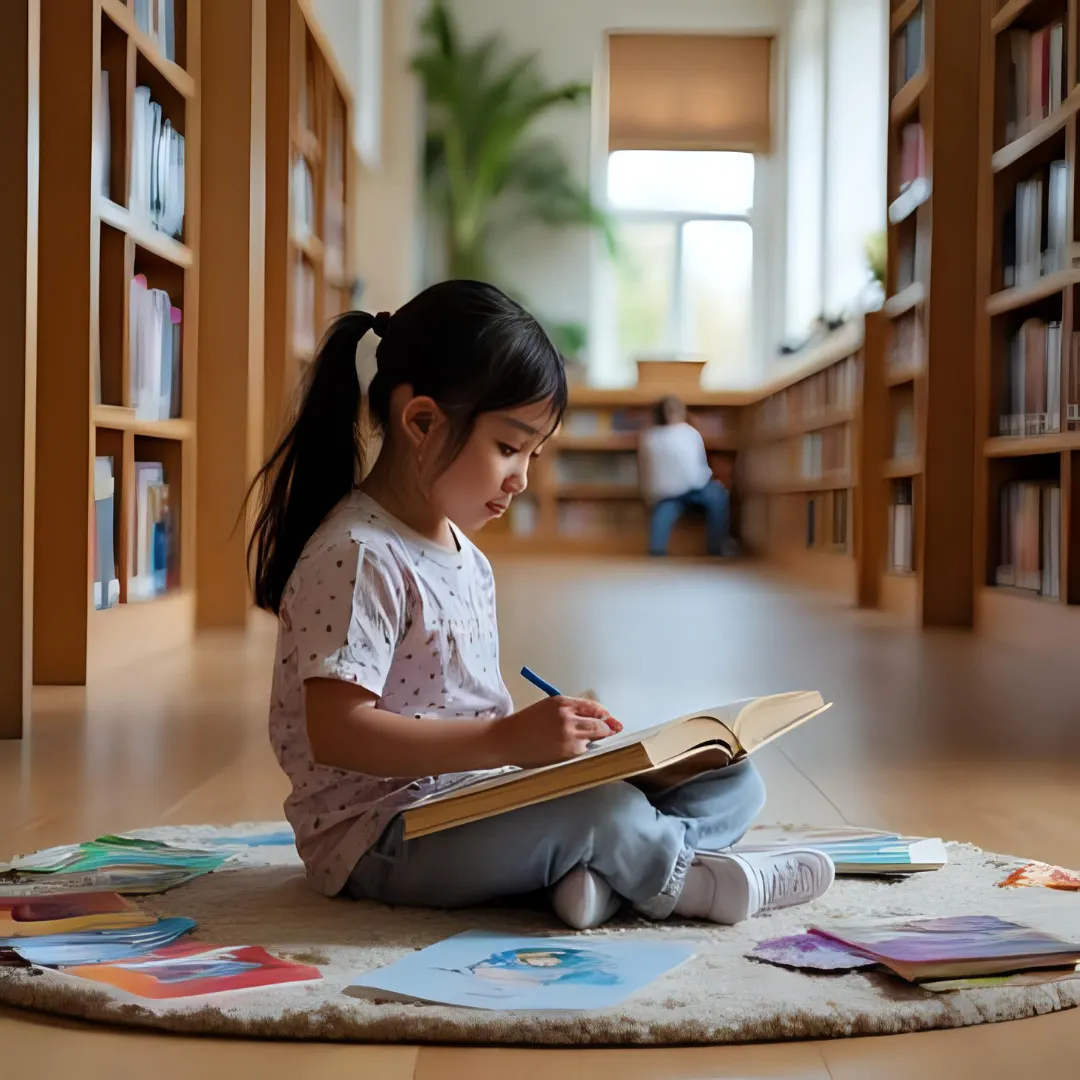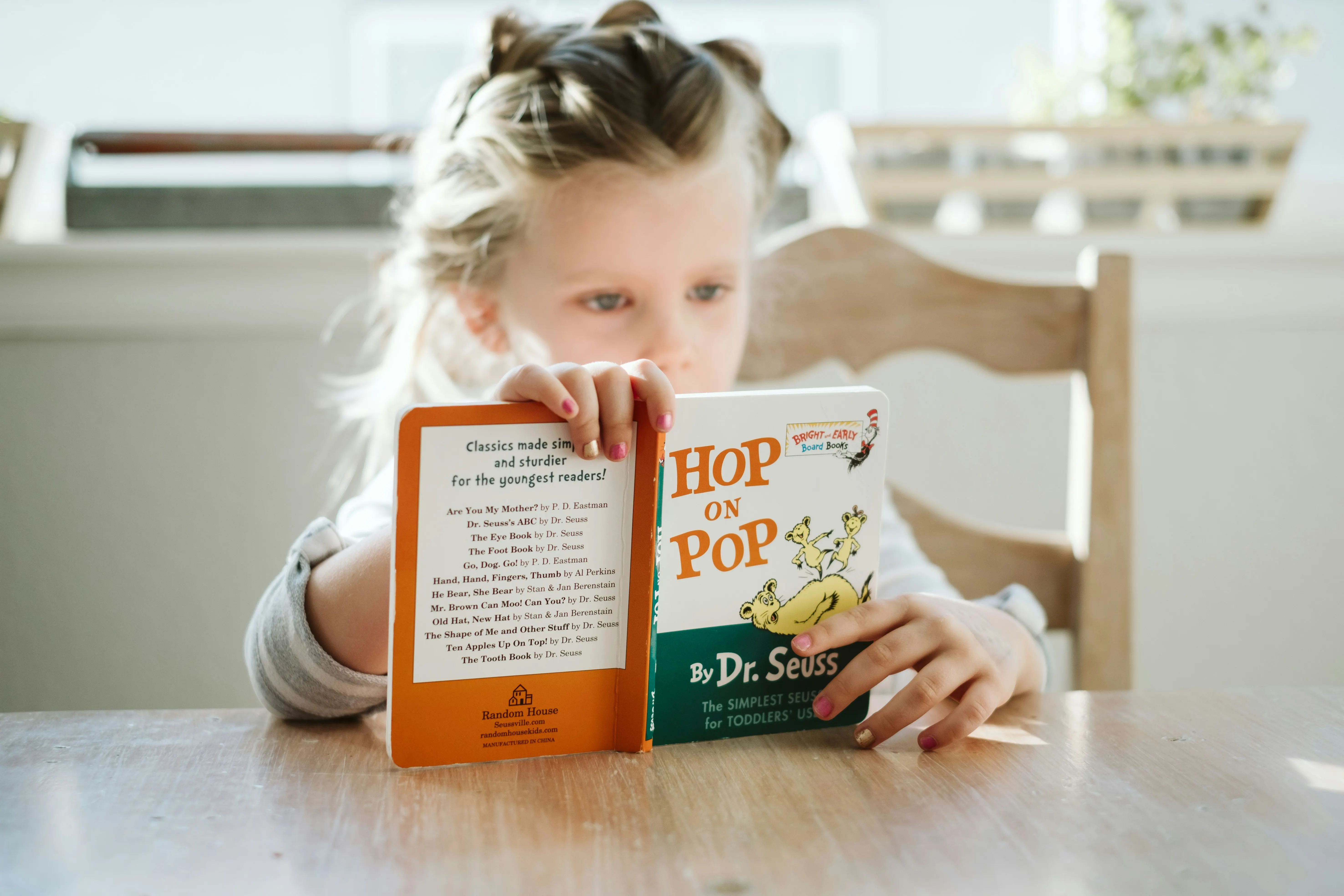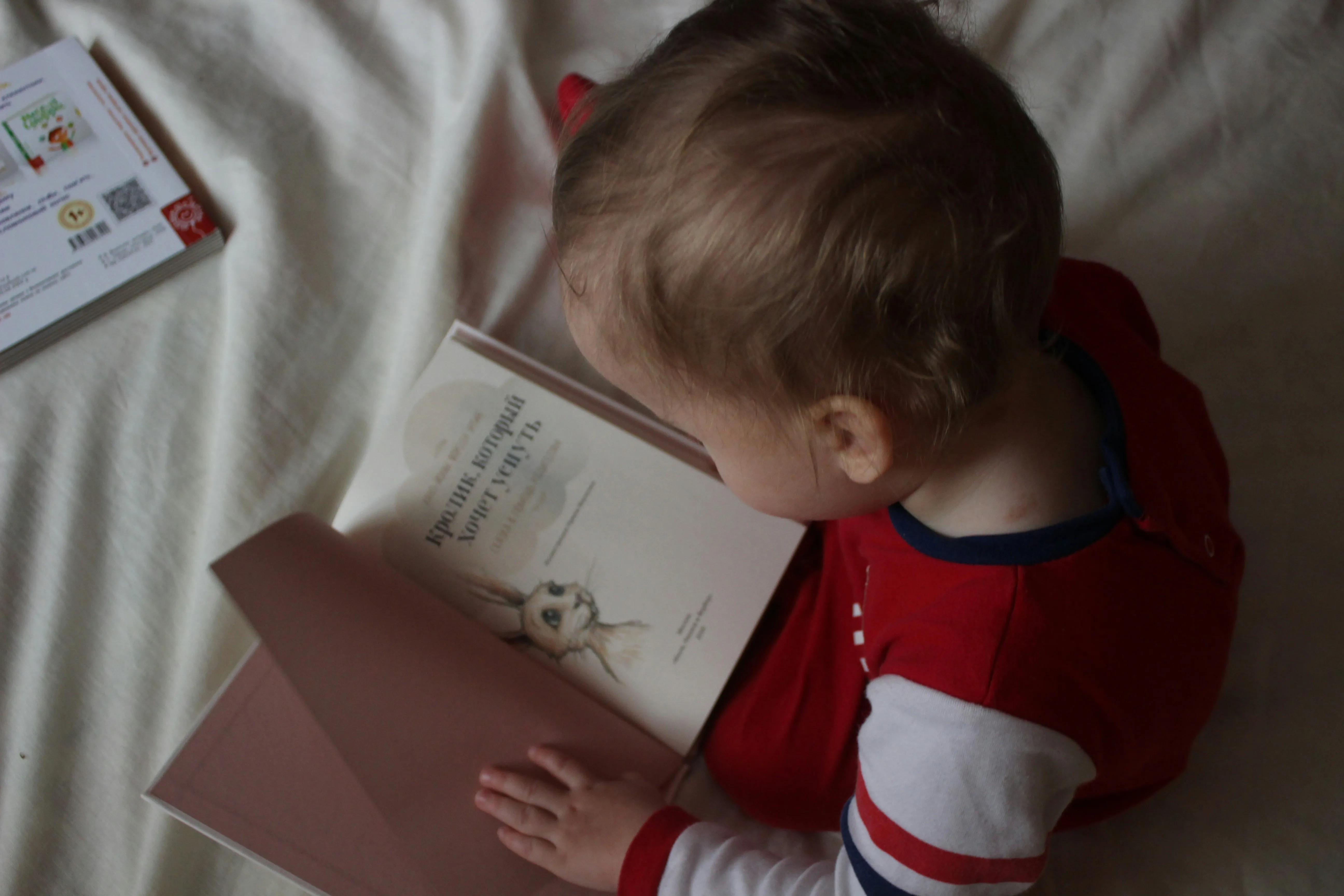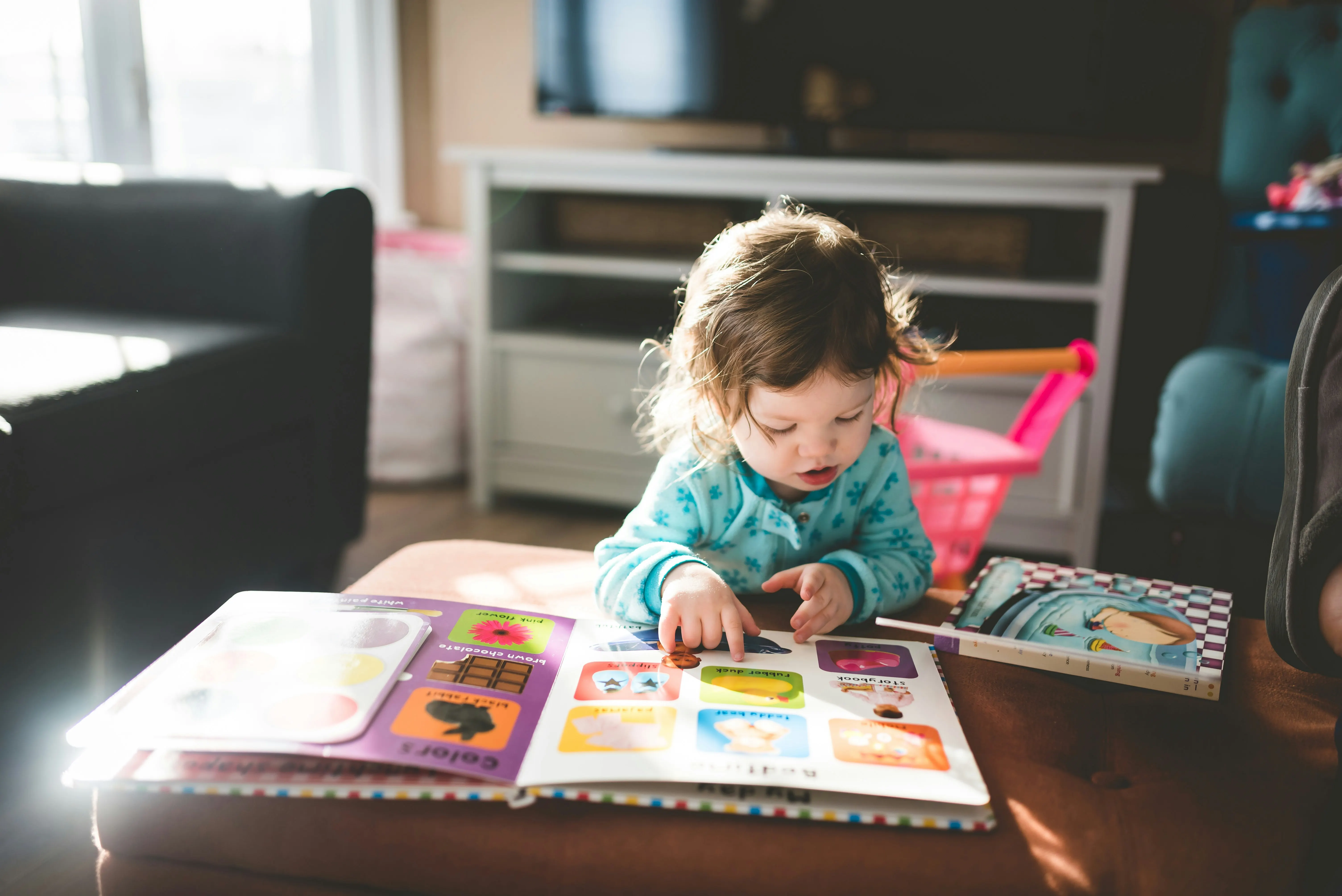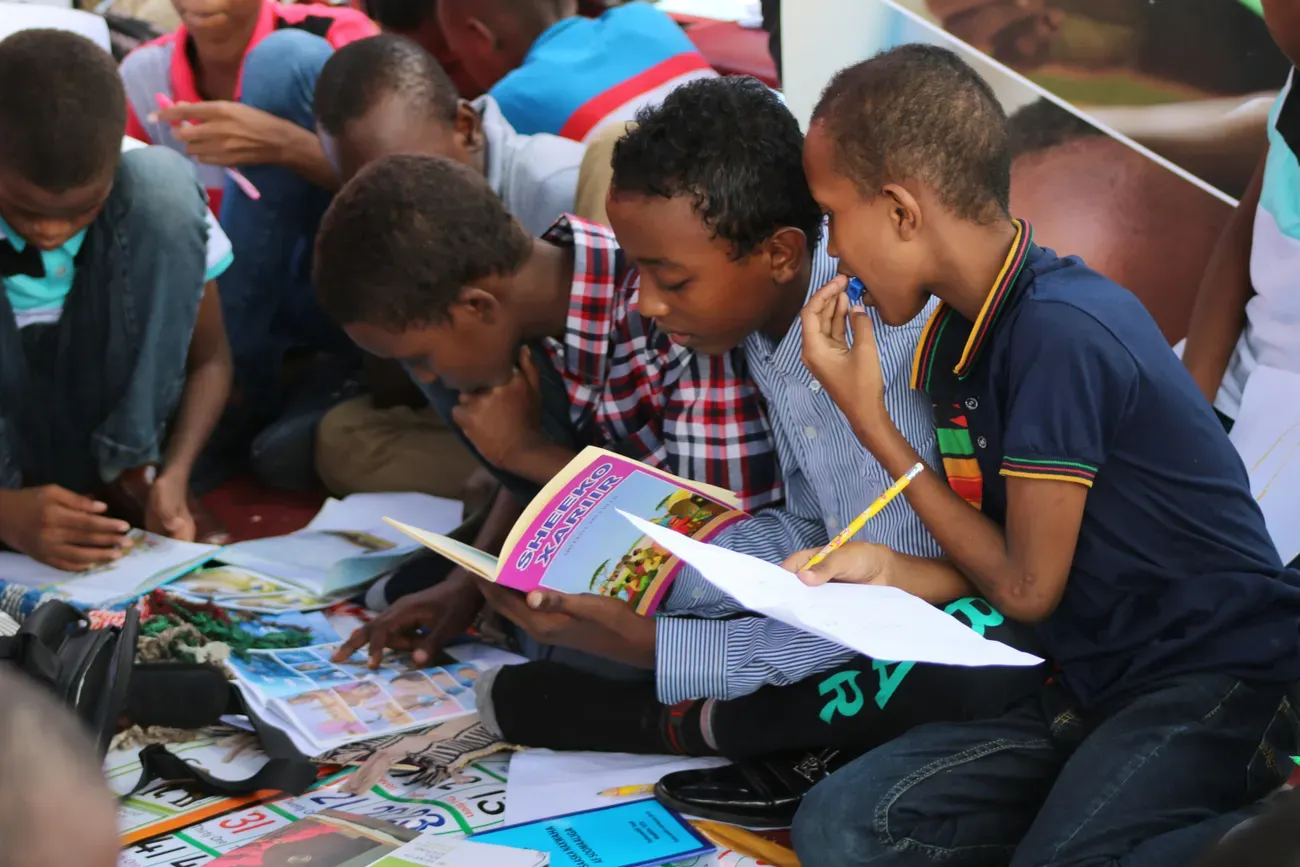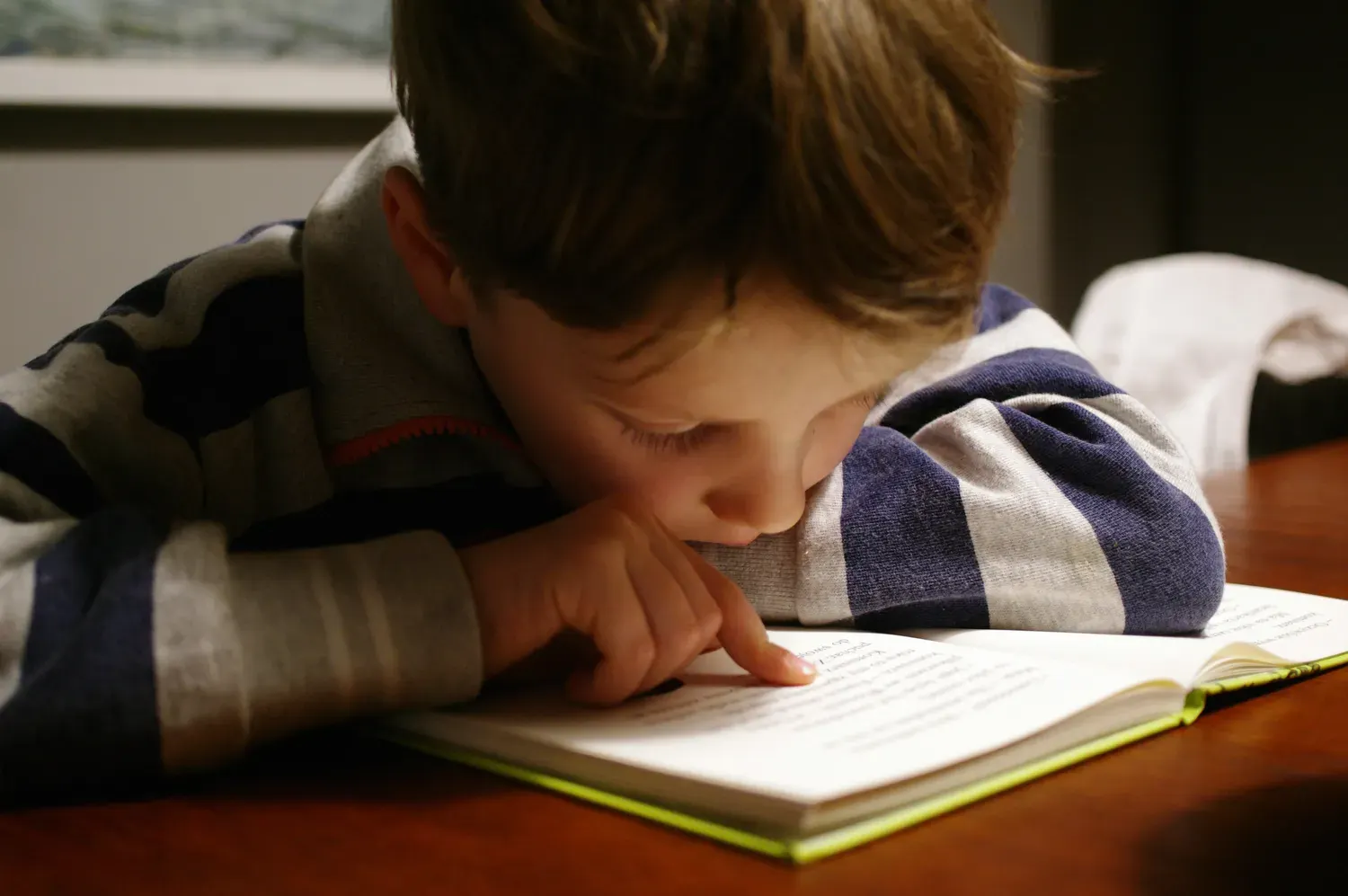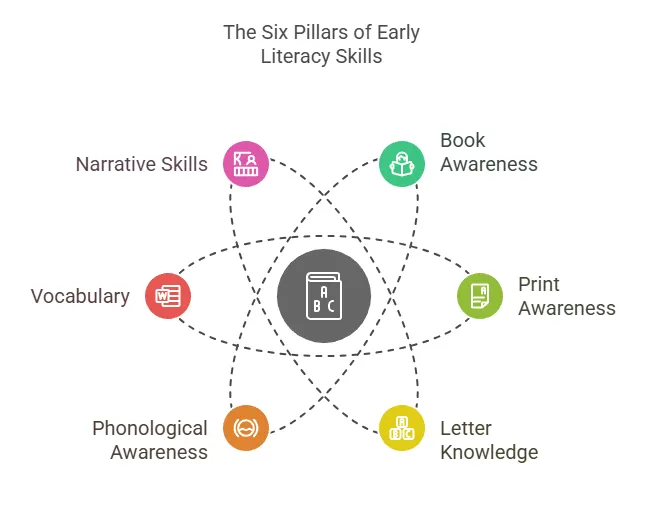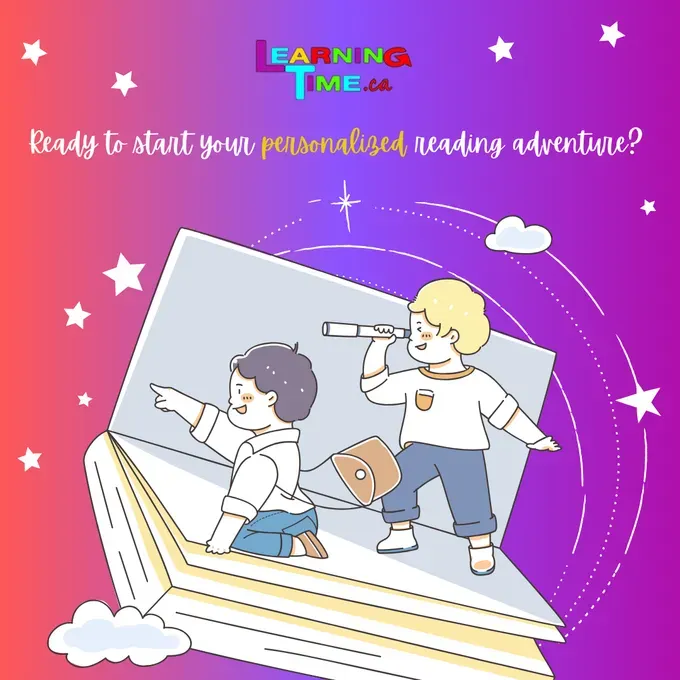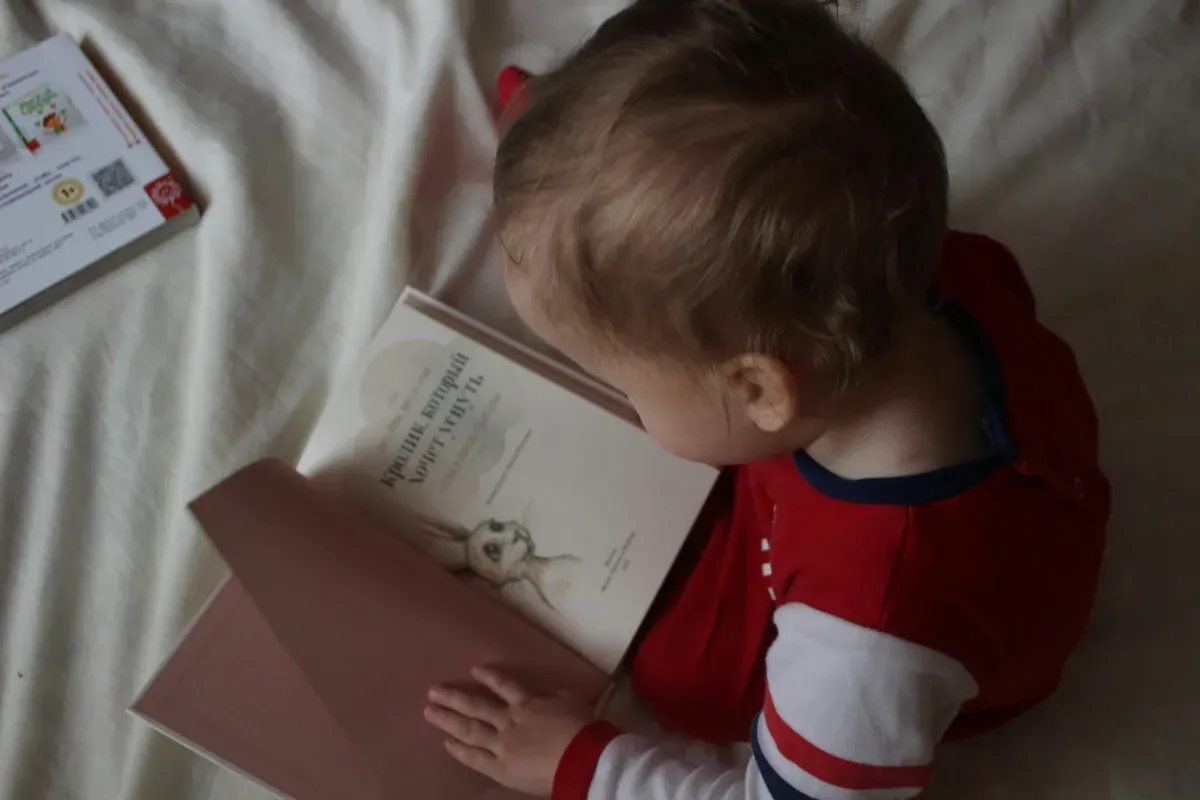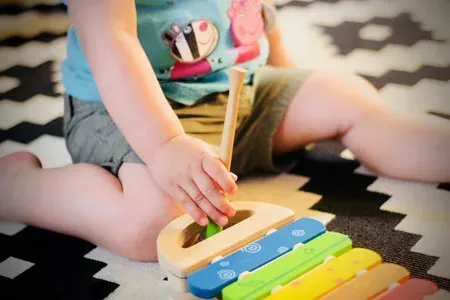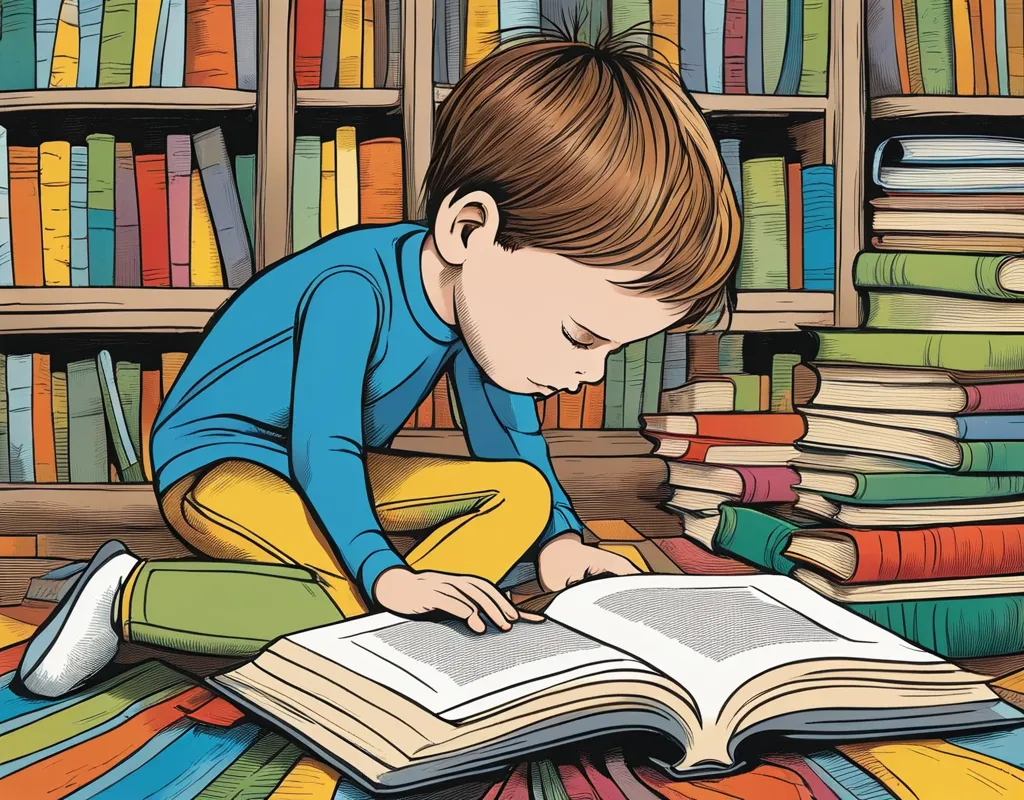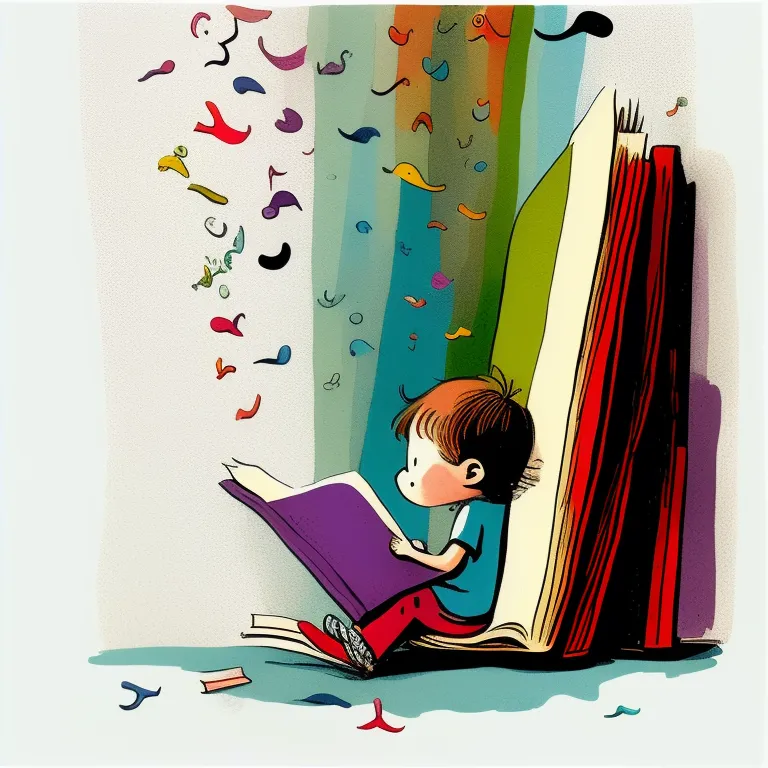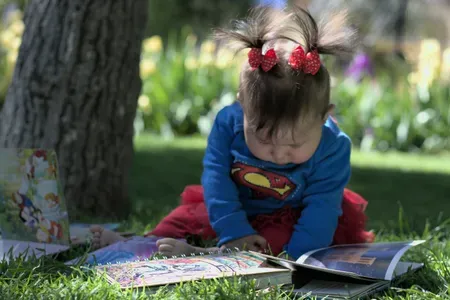Igniting Children’s Imaginations Through Daily Reading Tips
How Daily Reading Tips Spark Kids’ Creativity and Imagination

Key Highlights
- Discover how daily reading fosters imaginative play and opens children to new realms of creativity.
- Learn ways reading transforms routine activities into magical adventures for young minds.
- Understand the vital connection between reading, vocabulary building, and cognitive development.
- Find practical tips for creating engaging reading environments to support personal growth and fine motor skills.
- Explore interactive techniques like role-play and technology integration to make reading sessions fun.
- Unearth the ideal books for different age groups to ignite imaginations, from superheroes to dystopian tales.
Introduction
Imagine a world where everyday activities lead to fun and exploration. Reading lets children explore exciting new realms while growing their creativity and their minds. With engaging stories and fun interactions, reading brings new ideas to life, opens magical worlds, and turns kids into proper explorers of literature. It gives them a chance to escape into a new realm, making their daily routines brighter and more adventurous. Let’s look at how reading helps shape young minds for a lifetime of discovery.
The Role of Daily Reading in Fostering Imagination
 Reading sparks imagination. It helps children find amazing adventures and ideas that go beyond their daily lives. When kids read fiction, they enter magical places and meet interesting characters. This boosts their creativity. Important skills like problem-solving and empathy grow as kids dive into stories.
Reading sparks imagination. It helps children find amazing adventures and ideas that go beyond their daily lives. When kids read fiction, they enter magical places and meet interesting characters. This boosts their creativity. Important skills like problem-solving and empathy grow as kids dive into stories.
This is more than just fun. Regular story time gets the brain working in new ways. It leads to personal growth and wider views. Reading opens up new ideas and helps kids connect with a world full of possibilities.
How daily reading can transform a routine day into an adventure
Every page of a book can change an ordinary day into an exciting adventure. When children read daily, they enter magical worlds filled with new places and learning. Books bring dragons to life and help kids discover different dreams through thrilling sights and sounds.
Reading regularly is not just fun; it’s also good for them. Think about stories with superheroes saving the day or astronauts flying through space. These tales help young minds see their world as a place for exploration. They inspire curiosity and creativity. Children learn to think beyond what is normal and mix imaginative play into their day-to-day lives.
When kids dive into adventures through their reading, they grow both emotionally and mentally. They start to create their dreams and build strength from different viewpoints. Books are powerful tools that train them to be proper explorers of thought.

Examples of daily reading schedules that promote creativity
Creating a good reading schedule can help boost creativity in young children. Having a mix of set times and flexibility lets kids enter fun and imaginative worlds every day. This routine helps them explore new places and also improves their literacy skills.
Creative Reading Routine Ideas:
- Morning Storytime: Start the day with fun stories about dragons or superheroes to fill kids with energy and curiosity during breakfast.
- Afternoon Adventures: Use mid-afternoon to explore exciting dystopian stories in magical new realms. This encourages critical thinking and creativity.
- Interactive Night Reading: End the day with bedtime stories where kids can picture themselves in the story, boosting their expressive skills and empathy.
These schedules help shift traditional play into imaginative activities. Over time, children learn to see the world in new ways and grow their creativity in their daily lives.

The Connection Between Reading and Communication Skills
Did you know that reading is important for improving a child’s communication skills? It helps build vocabulary and also boosts understanding and expressive skills. Books offer different ways to communicate, showing kids conversations through fun characters and stories.
As children dive into these tales, they pick up on little hints like tone, rhythm, and word choice. This helps them show emotions better and understand how others think and feel. Reading also helps them connect with other people, setting the stage for strong communication skills throughout their lives.
Enhancing vocabulary through varied reading materials
A variety of reading materials is a great way to build vocabulary and improve communication skills. Books, from fairy tales to stories about superheroes, introduce new ideas and words that help children learn about language.
When kids read different types of stories, they discover new words and ways to form sentences. For example, a story about superheroes includes action and hope, which adds to their understanding of language. This helps them connect feelings to words, supporting their cognitive development.
Regular reading habits lead to strong improvements. When children read both fiction and non-fiction, they remember new words. This helps them communicate better with others in real-life situations. Learning from books also sparks their creativity, making them more confident speakers.
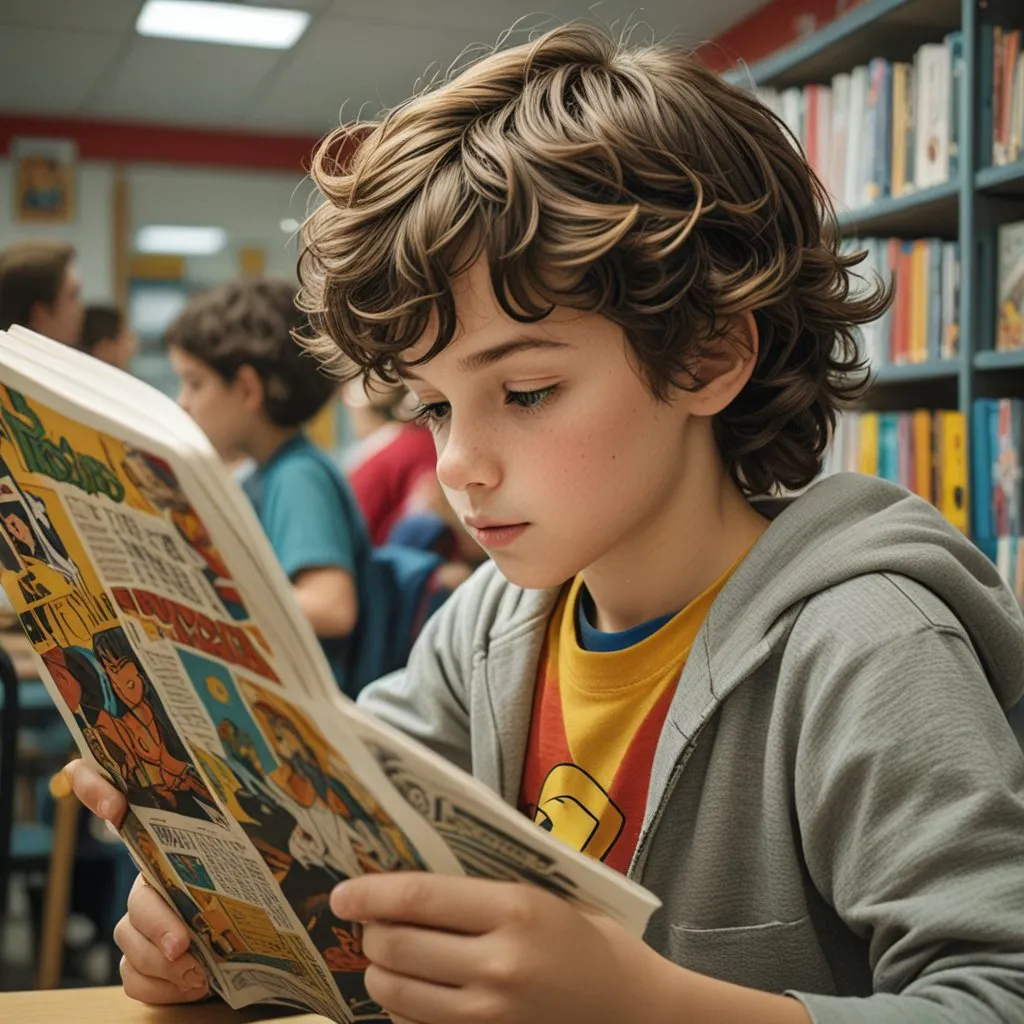
The impact of storytelling on children's expressive skills
Storytelling plays a key part in helping children develop their expressive skills. Engaging with stories sparks their great imagination. This allows them to explore new worlds. They can visit magical lands with superheroes or face dystopian places filled with dragons. This kind of imaginative play helps young children build their communication skills. It lets them share their ideas and feelings. When they dive into a book’s setting, they improve their cognitive and social skills. These skills are important for personal growth and effective communication.
Creating an Engaging Reading Environment at Home
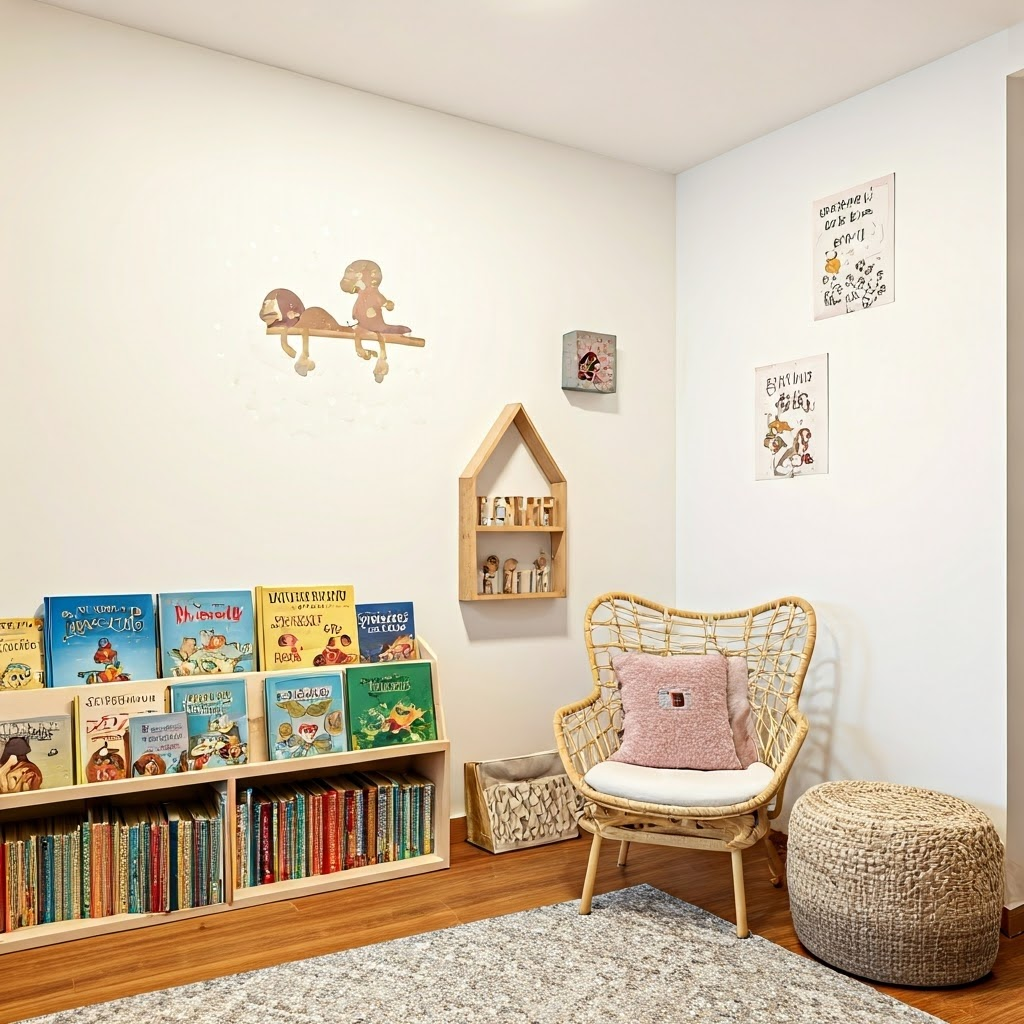 A lively and fun reading space encourages kids to dive into exciting stories. By creating a spot where books are easy to get and creativity is free, children can grow personally and boost their fine motor skills through hands-on activities.
A lively and fun reading space encourages kids to dive into exciting stories. By creating a spot where books are easy to get and creativity is free, children can grow personally and boost their fine motor skills through hands-on activities.
Think about including inspiring features like a comfy reading corner with fun furniture, cool decorations, and a variety of awesome books that are easy to reach. These touches will motivate children and inspire them to mix imaginative play into their daily activities.
Setting up a dedicated reading nook
Designing a reading nook is a fun way to be creative and grow personally. Make it cozy with bright cushions, lots of books, and quiet spots where kids can dive into magical stories. Add their favorite superhero posters to spark interest and curiosity.
A good reading nook helps improve fine motor skills, too. Include small items like bookmarks and clips so kids can organize their books. Playing with these accessories helps improve hand-eye coordination, especially for younger readers. This way, playtime becomes more about learning.
Most importantly, the nook encourages exploration. When children link their reading spot to creativity, they get more into imaginative stories and their ideas. It turns into their special place for learning and growth through books.
Choosing books that spark imagination for different age groups
Choosing the right books helps creativity grow at every age. For young children, bright picture books show them fun ideas. When they reach Grades 3-4, exciting stories like Alice’s adventures take them to magical places.
Using age-appropriate books boosts literacy and fires up imagination. Every stage is meant to inspire!
Techniques to Make Reading Interactive and Fun
Interactive reading changes slow page-flipping into a fun experience. Kids do better when they take part in activities like role-playing or acting out stories that go along with their reading. Using technology in storytelling makes reading even more entertaining, turning it into a fun adventure of exploring new things.
These interactive methods not only boost literacy but also help with emotional and cognitive development. By mixing in activities like acting out scenes from books or using digital stories, parents can encourage creativity and build a lasting interest in reading.
Incorporating role-play and dramatization
Role-play makes reading sessions more engaging. It encourages children to act like characters from their favorite books, which leads to fun playtime. Kids can become superheroes or explorers, creating scenes that bring the stories to life.
Dramatization helps to develop motor skills and understanding of stories. When children dress up or use costumes, it adds to the role-play. They move around, which connects with the stories they are acting out. These active sessions allow kids to enjoy playtime while also learning about emotions like courage and humor.
Combining storytelling with dramatization helps young readers dive into stories. They become active participants rather than just observers. This adds creativity and interactive fun to their reading experiences.
Using technology to enhance the reading experience
Modern technology makes traditional stories more exciting and fun to read. Digital platforms, like eBooks, let young readers enjoy features like sound and video that improve storytelling.
Apps that offer audio narration or animated versions of classic stories take children on thrilling adventures. Kids can explore dystopian worlds or magical creatures in a way that sparks their imagination.
Technology helps connect old books with new ideas. Using these tools makes reading more appealing and boosts literacy while improving thinking skills for young, tech-savvy readers.
Related Articles :
Understanding Your Child's Early Development: A Science-Based Guide for Parents
Grandpa's Gift: Sharing the Joy of Reading
Celebrate Literacy: National Children's Book Week
Conclusion
In conclusion, getting children excited about reading every day is a great way to boost creativity and improve communication skills. When parents make reading a regular habit, they can turn ordinary moments into fun learning adventures. Creating a fun reading space, picking the right books, and using interactive methods can make this experience even better. Storytelling not only helps build vocabulary but also teaches children to express their thoughts and feelings clearly. Make daily reading a special family time that encourages a love for stories and sparks young imaginations. For customized tips on reading strategies for your child, feel free to ask for a free consultation.
Frequently Asked Questions
What are the best types of books to encourage imagination in children?
Books that have colorful and imaginative settings, like those with dragons in fantasy, science fiction, and dystopia, boost creativity. Classics like "Charlotte's Web" and "Wings of Fire" take children to exciting worlds that spark their imagination.
How can parents use daily reading to improve their child’s communication skills?
Daily reading gives kids new words and stories that help them learn empathy. This skill allows them to express themselves better. Parents can join in by reading with their kids or talking about the characters. This makes it easier for kids to understand and improves their communication skills in fun and interesting ways.
What is the ideal daily reading time for children?
Spending thirty minutes each day is great for boosting cognitive development and literacy. Set a regular time for fun reading sessions based on each child's age. This way, their attention and imagination can grow with time.
How can reading become a family activity that includes all members?
Family reading nights help everyone connect and have fun together. Acting out scenes from favorite books or making collages inspired by stories can improve social skills. It brings members of all ages closer and adds excitement to daily life.
Reference
https://www.healthline.com/health/left-brain-vs-right-brain#left-brainright-brain-theory
https://www.healthline.com/health/mental-health/how-to-improve-concentration
https://wordpress.org/plugins/gdpr-cookie-compliance
https://www.simonandschuster.com/books/Wonderworks/Angus-Fletcher/9781982135973

Written with Augmented Intelligence and SHiNER The Human







